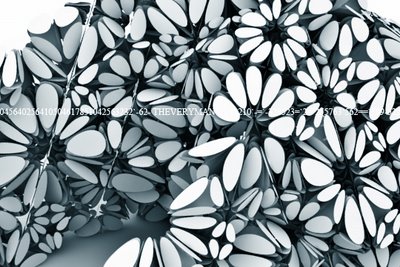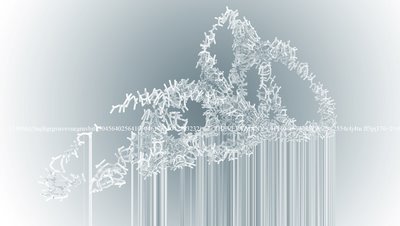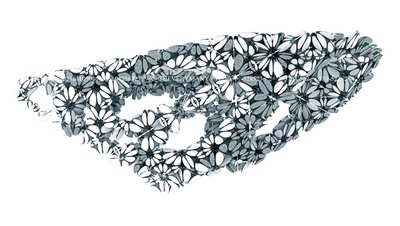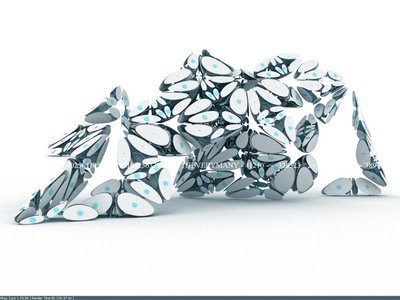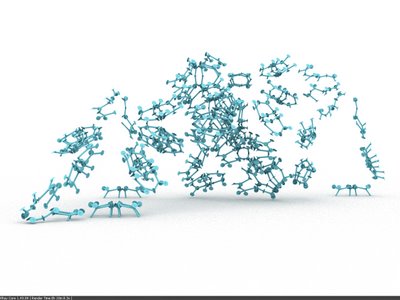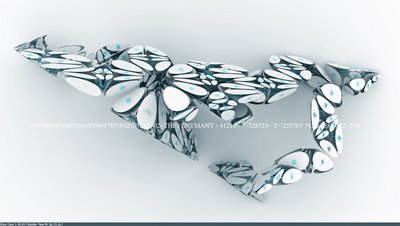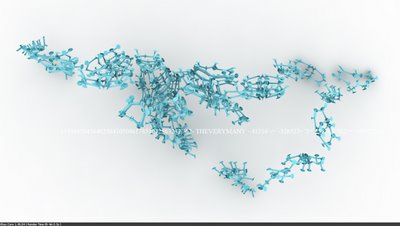071117_Aperiodic_Series003_Gazebo

PAVILION - Free-standing structure (ie wikipedia)
Pavilion may refer to a free-standing structure sited a short distance from a main residence, whose architecture makes it an object of pleasure. Large or small, there is usually a connection with relaxation and pleasure in its intended use. A pavilion built to take advantage of a view is referred to as a gazebo.
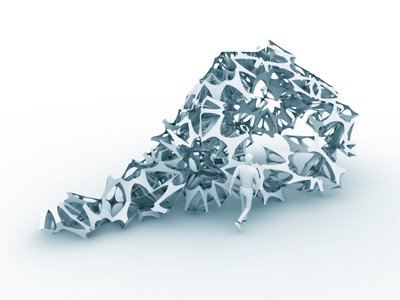
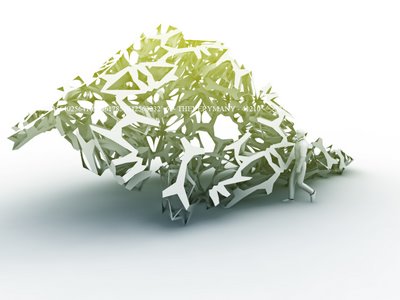
POWERS OF TEN (ie wikipedia)
Powers of Ten is a 1977 short documentary film written and directed by Charles Eames and his wife, Ray. The film depicts the relative scale of the Universe in factors of ten (see also logarithmic scale and order of magnitude). The film is a modern adaptation of the 1957 book Cosmic View by Kees Boeke---and more recently is the basis of a new book version. Both adaptations, film and book, follow the the form of the Boeke original, adding color and photography to the black and white drawings employed by Boeke in his seminal work (Boeke's original concept and visual treatment is all too often uncredited or insufficiently credited in contemporary accounts).
The film begins with an aerial image of a man reclining on a blanket; the view is that of one metre across. The viewpoint, accompanied by expository voiceover by Philip Morrison, then slowly zooms out to a view ten metres across ( or 101 m in standard form), revealing that the man is picnicking in a park with a female companion. The zoom-out continues, to a view of 100 metres (10² m), then 1 kilometre (10³ m), and so on, increasing the perspective—the picnic is revealed to be taking place near Soldier Field on Chicago's lakefront—and continuing to zoom out to a field of view of 1024 metres, or the size of the observable universe. The camera then zooms back in to the picnic, and then to views of negative powers of ten—10-1 m (10 centimetres), and so forth, until we are viewing a carbon nucleus inside the man's hand at a range of 10-18 metre.
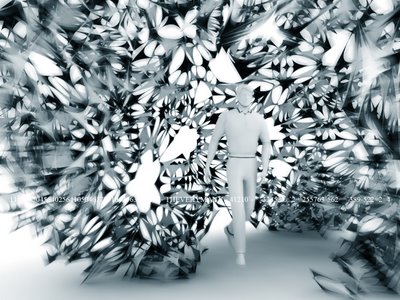
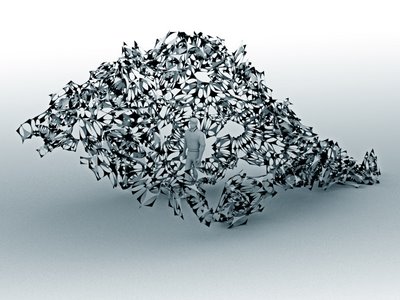


AA PAVILION "the powers of ten"
The different renders of that post are extracted from theverymany proposal for the AA Ten pavilion competition. The proposal was looking at "self-similarity" as the driving force behind the structure of its pavilion somehow allowing similarities within the possible "fractal" variation of the scale of its components -embeded within the logic of its aperiodic packing- and the emergent filiation between the 10 generations of AADRL graduates: all are different and all somehow within a certain depth are very similar...

Theverymany is now developping further its proposal -currently pushing with its aperiodic series- and is looking for sponsors and eventual venues to construct it - anyone interested?...
Labels: AA, aperiodic packing, DRL, pavilion, rhinoscript, theverymany
